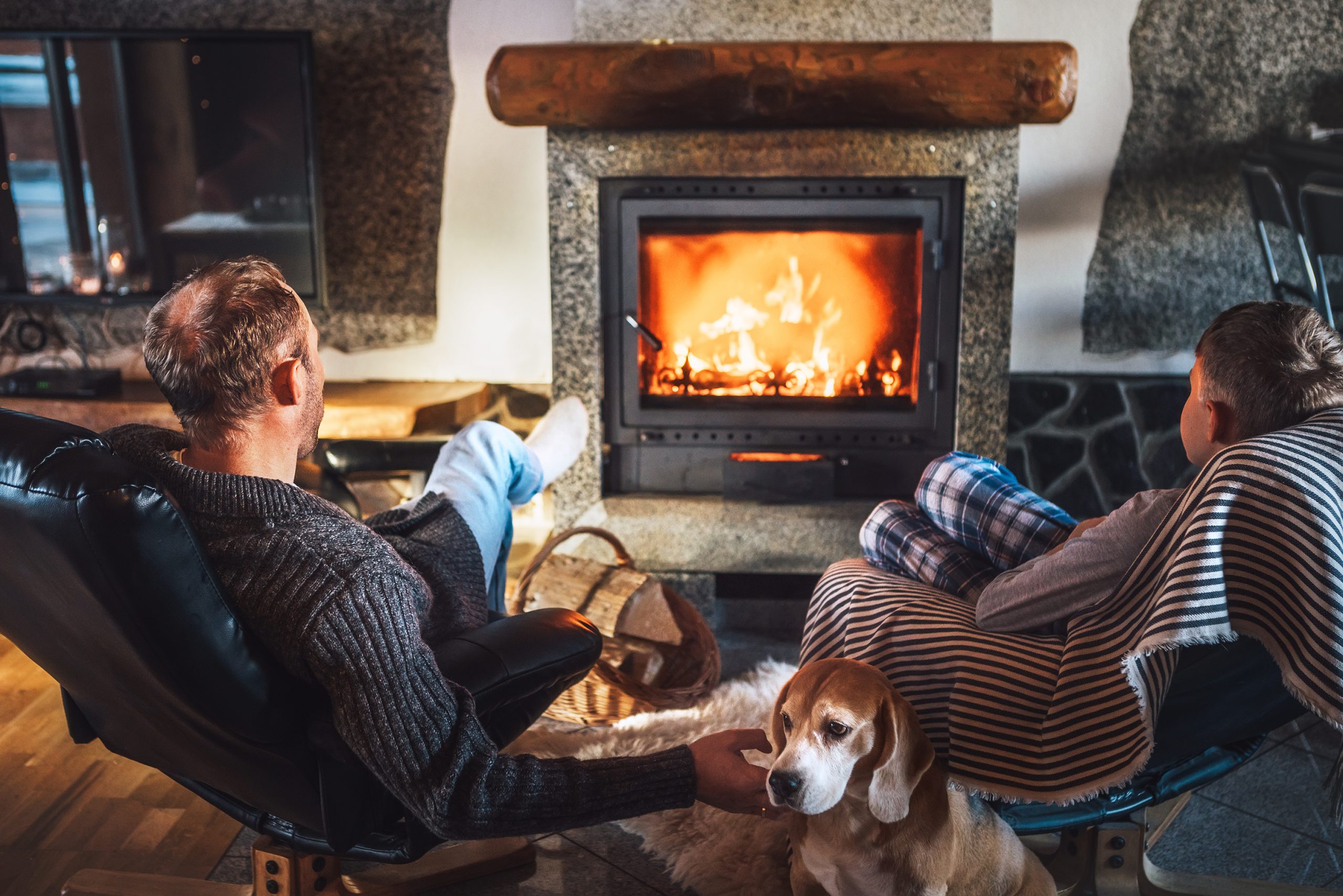
Winter is one of the biggest seasons for household fires as residents bring out long, unused heaters and electric blankets.
Every home is vulnerable to fire, of course, so it’s essential you have working smoke alarms.
It’s now a legal requirement to have a detector in your home.
Not all smoke alarms operate the same way, so we’ve decided to explain some of the fundamental differences.
Lithium battery-powered smoke alarms should be checked and cleaned monthly and replaced every decade.
Photoelectric and dual sensor alarms – a combination of ionisation and photoelectric details – are also popular but more expensive choices.
Meanwhile, Ionisation alarms are being phased out due to concerns about their small amount of radioactive material.
Wireless interconnected smoke alarms ensure that when one alarm beeps, every other one in the house will, too.
States and territories have different rules and regulations for smoke alarms. However, the Building Code of Australia (BCA) states that smoke alarms should be installed on every level of a residence.
Smoke alarms must also be installed in hallways and corridors, as well as outside or near bedrooms.
And it’s never a bad idea to check your building and contents insurance with regard to fire damage.
